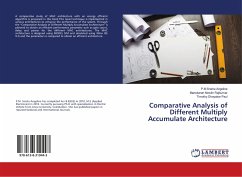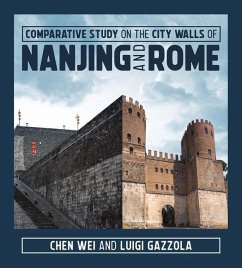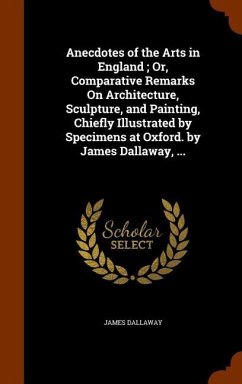
Comparative Castellology
Discipline "In Statu Nascendi"
Versandkostenfrei!
Versandfertig in 6-10 Tagen
32,99 €
inkl. MwSt.

PAYBACK Punkte
16 °P sammeln!
The author proposes the new historical discipline comparative castellology. Comparative castellology focuses on the sources, direct and indirect influences, historical and ahistorical parallels, resistents to influences and creative replicas. It is possible to model structural units, functional decisions, constructive systems, compositional principles, morphological aspects, architecturally-plastic decisions, etc. Comparative castellology is fully adequated to certain case studies serving researches bent on history of facts and global interpretation of some evolution of military architecture. ...
The author proposes the new historical discipline comparative castellology. Comparative castellology focuses on the sources, direct and indirect influences, historical and ahistorical parallels, resistents to influences and creative replicas. It is possible to model structural units, functional decisions, constructive systems, compositional principles, morphological aspects, architecturally-plastic decisions, etc. Comparative castellology is fully adequated to certain case studies serving researches bent on history of facts and global interpretation of some evolution of military architecture. In the light of comparative castellology are examined the phenomenon of humanizing of defensive constructions and also the simbols considered protective: crosses, solar signs, swastikas, babylons, etc. On the cover of the book the Transilvanian Dracula's Castle (Bran Castle, Romania) is represented.












